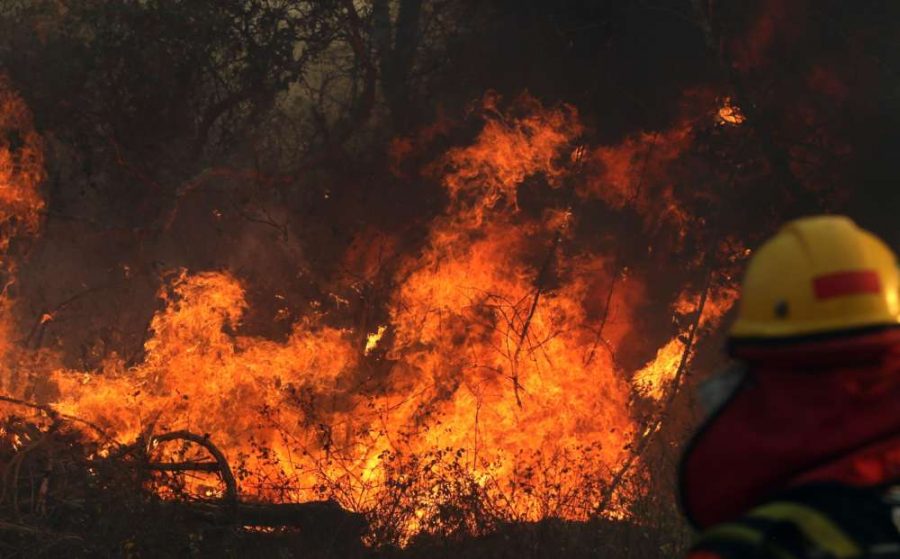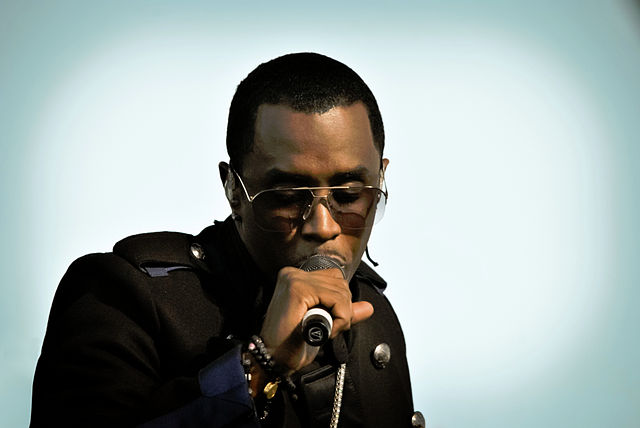The Amazon: A Forest in Flames
The recent Amazon Rainforest fires have raised a concern among scientists about the possible effects of the forest’s deterioration.
Oct 1, 2019
The Earth’s coral reefs are dying, climates are reaching extreme levels and sea levels are rising.
Climate change has become more apparent and scientists have urged governments to offset rising greenhouse gas emissions by 2030 before the Earth undergoes the irreversible effects of climate change.
Without immediate action, society will encounter shortages of clean water, insufficient crop production causing food prices to spike and threatened oxygen production.
Now, the Amazon Rainforest is burning.
The Amazon Rainforest, covering much of northwestern Brazil and other parts of South America, has experienced an increased number of forest fires this year.
Science teacher Peggy Shim explains that “The Amazon Forest is critical for absorbing carbon dioxide and lowering the planet’s greenhouse gas levels.
She speculates that “If the Amazon continues to burn, it might increase climate change, global warming, at a faster pace.”
Instituto Nacional de Pesquisas Espaciais (INPE), a Brazilian space agency, detected more than 74,000 fires between January and August and more than 9,500 forest fires since in less than a week, mostly in the Amazon region, compared to fewer than 40,000 for the same period in 2018.
“The dry season creates the favorable conditions for the use and spread of fire, but starting a fire is the work of humans, either deliberately or by accident.” INPE researcher Alberto Setzer told the news agency Reuters.
Human deforestation explains most of the fires in the Amazon, researchers say.
Ruth DeFries, an expert on sustainable development at Columbia University, found that the fires observed in the Amazon region are set in previously cleared lands in order to remove excess vegetation. Others are set in lands that are being cleared by farmers and ranchers to make more room for crops or livestock.
After the trees are cut down and the fallen leaves are dried, they are ignited to open a vast area of land for agricultural activities.
Scientists warn that escalating deforestation could turn the Amazon Rainforest into a dry savanna through self-destruction known as dieback. As a consequence, the rainforest would emit greenhouse gases instead of absorbing them.
Brazil’s new president who came into office last year pledged to increase agricultural activity in the Amazon. Scientists and environmental advocates worry that deforestation rates would increase, after an 80 percent decrease in 2012 compared to the average rate between 1995 to 2006.
This fear is seemingly becoming a reality with weakened enforcement of illegal logging and other forest protections, according to DeFries.
Locals have also speculated that farmers are responsible for setting the fires. They have witnessed local farmers burning crops growing on the field.
Though the fires are affecting the country and its people, the Brazilian government has rejected more than $22 million in aid from the world’s wealthiest countries offered at the Group of 7 summit meeting, later accepting $12 million in aid from Britain.
The Amazon Rainforest is famed for its biodiversity. It is often referred to as the “lungs of the Earth.” However, Earth systems scientist Michael Coe, who directs the Amazon program at the Woods Hole Research Center in Massachusetts, debunked this claim.
In reality, Amazon’s net contribution to the oxygen we breathe hovers around zero.
“I think that most atmospheric scientists understood that the contribution of forests to the total oxygen in the atmosphere was small. But most people had misunderstood that although they cycle oxygen back and forth throughout the year, the total amount that is being cycled is actually very small compared to the amount of oxygen in the atmosphere,” he explains.
An analogy Coe uses to better describe rainforests’ contribution of oxygen in relation to the whole of oxygen in the atmosphere is to “imagine one gallon of water from two olympic sized pools. That would be the same scale.”
However, there are still a number of reasons the Earth needs the Amazon Rainforest, Coe adds.
According to Rainforest Concern, rainforests are vital in absorbing carbon dioxide which helps stabilize Earth’s climate. They also help to maintain the world’s water cycle by adding water to the atmosphere.
The Amazon is responsible for the vast medical possibilities discovered by scientists. As reported by Rainforest Trust, almost 90 percent of human diseases are treatable with prescription drugs deriving from things in nature, many of which can be found in the Amazon.
Sophomore Ryan Limpasurat is worried about the state of the forest.
“The Amazon fires are an incredibly tragic event. The Amazon is a treasure trove for biological sciences, so destroying parts of the jungle directly affects scientific studies.” says Limpasurat.
He believes humans should be more concerned about the fires.
For students, Ms. Shim advises: “Spread awareness. Figure out ways that you can reduce your carbon footprint.”








